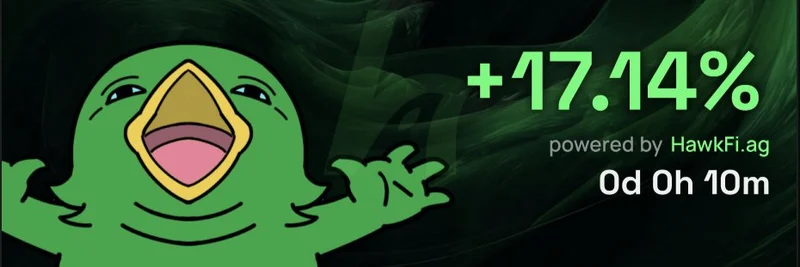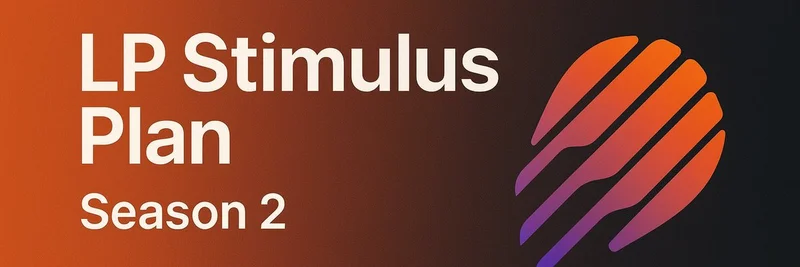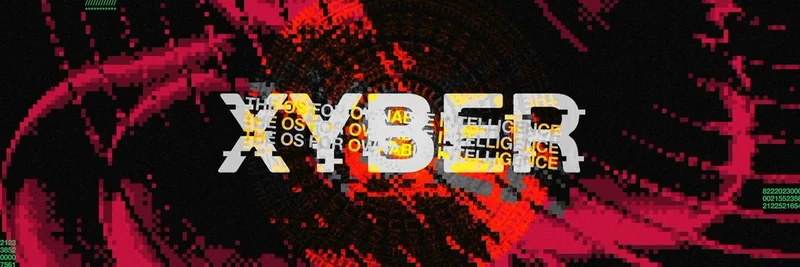In the fast-paced world of blockchain and decentralized autonomous organizations (DAOs), trust isn't just a nice-to-have—it's the foundation of everything. A recent tweet from Dean Machine, a prominent figure in the Solana ecosystem and director at several DAOs including MonkeDAO, puts this into sharp focus. He reminds us that managing DAO assets is a position of immense trust, where personal and collective decisions can clash, but blockchain's transparency ensures accountability.
Let's break it down. Dean tweeted: "Managing DAO assets is a very trusted position. Everyone knows you can compete and profit; your 'DAO' decisions vs your 'individual' ones. And unlike fiat land, we can all see your integrity onchain. Be better."
For those new to the space, a DAO is essentially a community-run organization governed by smart contracts on the blockchain. No central authority—just code and consensus. Assets in a DAO could include cryptocurrencies, NFTs, or even meme tokens, which are often the lifeblood of viral, community-driven projects.
The Trust Factor in DAO Management
Managing these assets means handling funds that belong to the entire community. It's like being the treasurer of a club, but with millions potentially at stake and every move visible on the blockchain. Dean points out the temptation: you could make decisions that benefit the DAO or sneak in ones that line your own pockets. In traditional finance ("fiat land"), such conflicts might stay hidden behind closed doors. But in crypto, everything is on-chain—transparent and immutable.
This transparency is a double-edged sword. It builds trust when done right but exposes any shady behavior instantly. For meme token enthusiasts, this is crucial. Many meme projects start as fun, grassroots efforts but evolve into DAOs managing treasuries from token sales or airdrops. Think of communities around tokens like Dogecoin or newer Solana-based memes, where DAOs decide on marketing spends, partnerships, or even burning tokens to boost value.
On-Chain Integrity: A Game-Changer for Meme Communities
What makes blockchain special here is the "onchain" aspect. Every transaction is recorded publicly, so if a DAO manager dumps tokens right after a community vote, everyone sees it. Tools like Solana Explorer or Etherscan let anyone verify actions in real-time. This levels the playing field, especially in meme token spaces where hype can attract bad actors.
Dean's call to "be better" is a rally cry for higher standards. In meme DAOs like MonkeDAO on Solana, where community vibes and trust drive participation, integrity ensures longevity. We've seen scandals where DAO leaders profited personally, leading to community backlash and token crashes. On the flip side, transparent management can turn a meme into a sustainable ecosystem, funding giveaways, collaborations, or even real-world events.
Lessons for Blockchain Practitioners and Meme Enthusiasts
If you're involved in meme tokens or DAOs, take this to heart. As a practitioner, always prioritize community over self. Use multi-signature wallets for asset management to require multiple approvals, reducing single-point risks. Engage in open discussions on platforms like Discord or X to build consensus.
For newcomers, this transparency means you can DYOR (do your own research) effectively. Check a DAO's treasury wallet on-chain before investing in its meme token. Look for consistent, community-aligned decisions.
In the end, Dean's message is simple yet profound: in a world where actions speak louder than words—and are forever etched on the blockchain—strive for integrity. It not only protects the DAO but elevates the entire meme token landscape, fostering trust that turns fleeting trends into enduring communities.
Stay tuned to Meme Insider for more insights on how DAOs are shaping the future of meme tokens. What's your take on DAO transparency? Drop a comment below!



